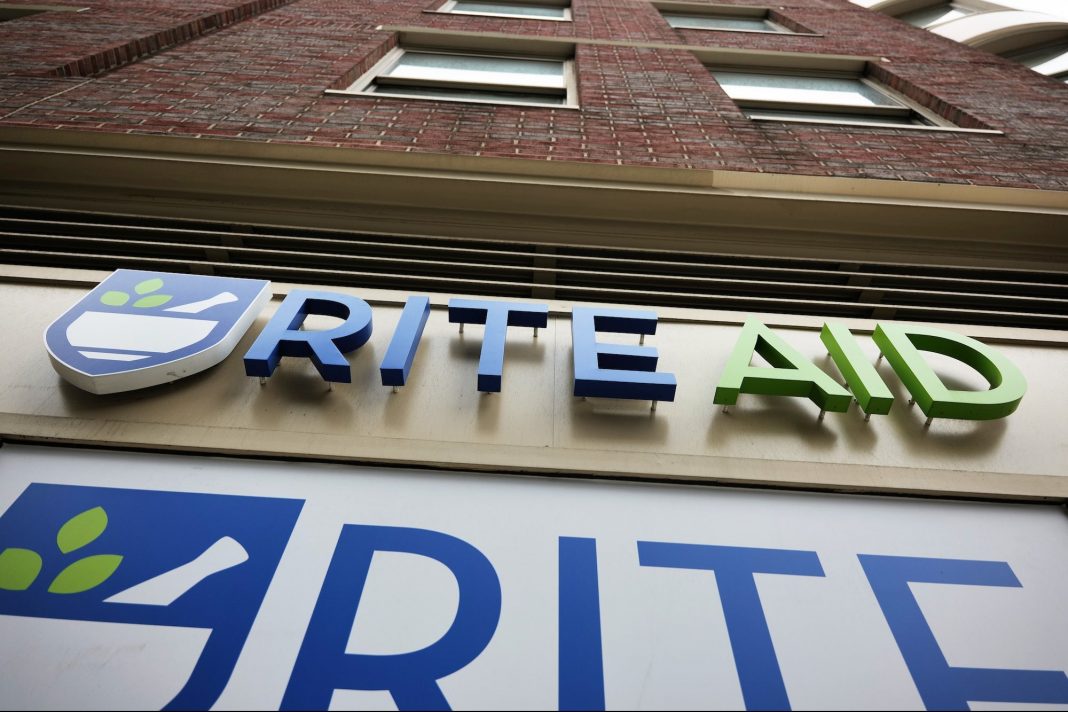Countless well-known brands are struggling to break even amid rampant inflation that is affecting consumer spending — and it’s predicted to get worse.
In July, Moody’s Investors Service said retail and apparel defaults are expected to rise from 6% to 8.6% in the next year due to weakening consumer spending. As a result, some big-name brands such as Bed, Bath & Beyond and David’s Bridal have already filed for bankruptcy this year.
Now, as reported by Retail Dive, a new report by credit reporting agency, CreditRiskMonitor is identifying the other retailers most likely to fold this year through the company’s Frisk score (a credit risk assessment that gauges the likelihood of a company filing for bankruptcy within the next 12 months).
The Frisk score operates on a scale from 1 to 10, with 10 being the lowest risk, and 1 the highest. If a company has a Frisk score of 1, it implies a substantial chance, ranging from 10% to 50%, of filing for bankruptcy within the next year.
Related: Overstock Is Now Bed Bath & Beyond, Website Redirects
To determine the Frisk score, CreditRiskMonitor used historical company data and bankruptcy occurrences from 2003 to 2013, with a dataset encompassing 9,600 businesses. Of the businesses assessed, the five most at risk of bankruptcy in 2023, with a Frisk score of 1 are:
- Farfetch
- Joann
- Qurate Retail
- Rent the Runway
- Rite-Aid
Other vulnerable retailers, with a Frisk score of 2 (meaning their probability of filing for bankruptcy in the next 12 months falls between 4% and 10%) are A.K.A. Brands, Big Lots, The Container Store, Petco, Kirklands, and Vince.
What Causes a Retailer to Go Bankrupt?
While several retailers are grappling with financial woes, the biggest contributor in folding or not folding comes down to debt, David Silverman, senior director of Fitch Ratings’ U.S. retail team, told Retail Dive.
“Abercrombie & Fitch and J. Crew actually had very similar operating stories,” Silverman told the outlet. “These are mid-tier, mall-based department store brands that had lost their way a little bit. [J. Crew] ended up undertaking a number of distressed debt exchanges and ultimately filed for bankruptcy at the beginning of the pandemic. [Abercrombie] didn’t really and still doesn’t really have any debt.”
Rite-Aid, for example, which has been subject to bankruptcy chatter amid news of hundreds of store closures and a lawsuit brought on by the Department of Justice regarding its stake in the opioid crisis, reported long-term debt of about $3.3 billion in its June earnings report.
Related: A Popular Drug Store Chain Is Nearing Bankruptcy as Opioid Lawsuits Mount and Financial Woes Deepen
Similarly, retail chain and fabric store Joann, which also has a Frisk score of 1, reported long-term debt of $1.1 billion in its August earnings report, as the company has been grappling with declining sales since the pandemic.




